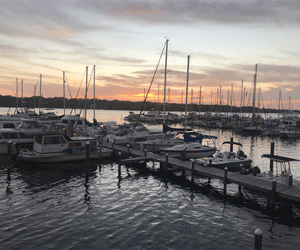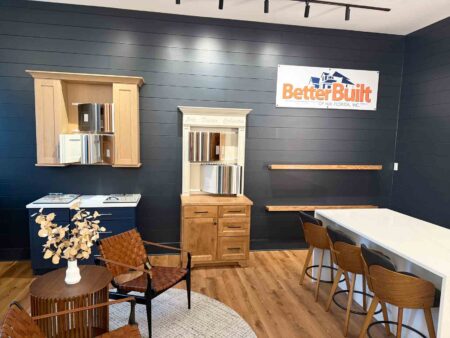If you find that you’ve collected an average of ¼ inch of water in the cans as a result of letting the irrigation run for 15 minutes, you would obviously have to let your irrigation system run for 30 minutes to apply ½ inch of water or 45 minutes to apply ¾ of an inch of water, etc.
Calibrating your sprinkler system is easy and it’s a must in order to water your lawn and landscape correctly.
Here’s how to do it.
Obtain five to ten straight-sided cans. Empty tuna fish or soup cans will work.
With an in-ground irrigation system, randomly place cans within the irrigated area so they catch water when the irrigation system is running. Calibrate each zone separately. With a hose-end sprinkler, evenly space cans in a straight row, so the first can is close to the sprinkler and the last can in the row is at the edge of the watering pattern.
Turn the water on for 15 minutes.
Next, carefully measure the depth of water in each can with a ruler.
Then, find the average depth of water collected in the cans (add up the depths and then divide by the number of cans).
If you find that you’ve collected an average of ¼ inch of water in the cans as a result of letting the irrigation run for 15 minutes, you would obviously have to let your irrigation system run for 30 minutes to apply ½ inch of water or 45 minutes to apply ¾ of an inch of water, etc.
It’s important to do this calibration exercise during the same time of day the system is normally run so water pressures are similar.
To develop a lawn with deep roots that will go through hot, dry weather in better shape, it’s best to switch the automatic timer to manual. This is the reason for calibrating your irrigation system. Apply ½ to ¾ inch of water to the lawn only when the grass indicates that water is needed. When the grass needs water, leaf blades fold – like a book closing, footprints remain in the lawn long after being made and the lawn turns grayish in spots.
When thirty to forty percent of the lawn begins to show these signs of water need, it’s time to apply ½ to ¾ inch of water. Don’t water again until the lawn begins to show these signs of water need.
The June plant clinic will be held Friday, June 14 from 9 a.m. to 12 noon at the Extension Annex located at 127 NW Hollywood Blvd. in Fort Walton Beach.
The plant clinic provides a place to bring samples of lawn, landscape, and garden plants for diagnosis, including weeds and insects for identification.
To participate, bring a fresh sample of the weed, plant, insect, etc., to the clinic. This may include a plant stem with several leaves, a 4-inch square of grass with roots attached, etc.
Larry Williams is the Extension horticulture agent with the Okaloosa County Cooperative Extension Service, University of Florida. Contact Larry at 689-5850 or email lwilliams@myokaloosa.com.








